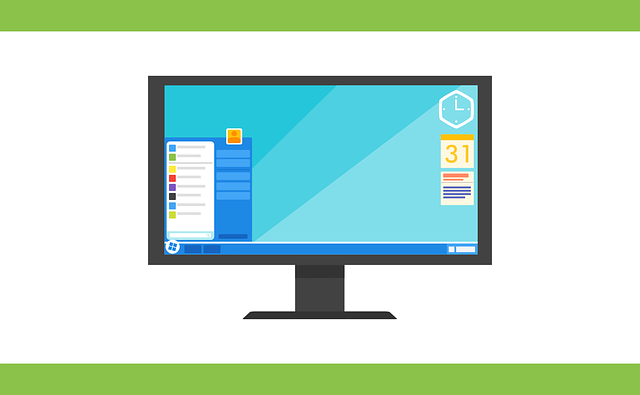Have you ever wondered – what does your computer operating system do?
Introduction
An Operating System (OS) is a software that acts as an intermediary between a user and a computer’s hardware. It manages the resources of the computer and provides a platform for other software to run on.
In simple terms, an OS is what makes it possible for you to interact with your computer and run different programs.
Purpose of an OS
An OS has several main purposes, which are:
Resource management
An OS is responsible for managing the resources of a computer, such as the CPU, memory, and storage.
It allocates these resources to the various programs running on the computer, ensuring that each program gets the resources it needs to function properly.
This is known as multi-tasking and enables multiple programs to run simultaneously.
Memory management
An OS also manages the memory of a computer, ensuring that each program has access to the memory it needs to run. It also manages the movement of data between the memory and the storage, ensuring that the computer runs efficiently.
Device management
An OS is responsible for managing the various devices connected to a computer, such as printers, keyboards, and mice. It communicates with these devices, sending and receiving data as needed.
This allows the user to interact with the computer and use different devices.
Security
An OS also provides a level of security by controlling access to the computer’s resources and data. It can set up user accounts and assign different levels of access to the resources.
This ensures that only authorized users can access the computer and its resources.
File management
An OS is responsible for managing the files on a computer, including creating, moving, and deleting files. It also manages the file system, which is the way files are organized on the computer.
This makes it easy for the user to find and access their files.
Different Types of OS
There are several different types of OS, each with its own unique features and purposes. The main types of OS are:
Desktop OS
A desktop OS is designed for use on a personal computer and is the most common type of OS. Examples of desktop OS include Windows, Mac OS, and Linux.
Mobile OS
A mobile OS is designed for use on smartphones and other mobile devices. Examples of mobile OS include iOS and Android.
Server OS
A server OS is designed for use on a server, which is a computer that provides services to other computers on a network. Examples of server OS include Windows Server and Linux.
Embedded OS
An embedded OS is designed for use on devices that are not typically thought of as computers, such as televisions, routers, and cameras. These OS are designed to be small and efficient, and typically have a limited set of features.
Conclusion
An OS is an essential component of any computer. Without OS, it would be impossible for the user to interact with the computer and run different programs.
An OS manages the resources of the computer, manages the memory, manages the devices, provides security and manages the files on the computer.
The different types of OS are Desktop, Mobile, Server and Embedded OS, each with its own unique features and purpose.
Understanding the purpose and function of an OS is crucial for anyone looking to work with computers, as it is the foundation upon which all other software and applications are built.
